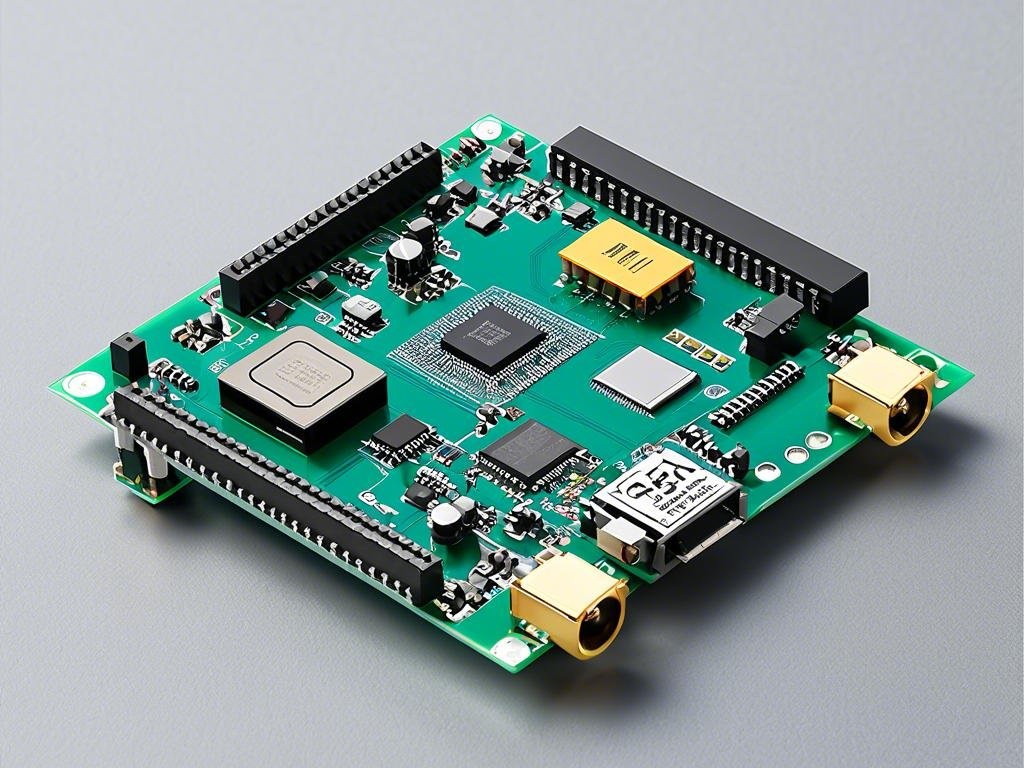目录
ToggleSMT devices are the backbone of manufacturing electronic devices. Instead of drilling holes in circuit boards to place components, SMT allows parts to sit on the surface. This makes creating everything from your smartphone to your microwave is faster and easier. Imagine putting stickers on paper instead of cutting little holes; that’s similar to what SMT does.
SMT Device in Different Processing Scenarios
Prototype Development
In the initial stages of product development, an SMT device is essential for creating prototype PCBs. Manufacturers use pick-and-place machines to accurately position components on the board, allowing engineers to test the design and functionality of the circuit. SMT equipment enables rapid prototyping, speeding up the development process and reducing time-to-market.
High-Volume Production
Once the prototype has been validated, manufacturers move to high-volume production using SMT equipment. Pick-and-place machines can handle thousands of components per hour, ensuring fast and efficient assembly of PCBs. Soldering equipment, such as reflow ovens, plays a key role in creating reliable connections between components and the board, meeting the high-quality standards required for mass production.
Rework and Repair
SMT equipment is also used for rework and repair tasks, where components need to be removed or replaced on a PCB. SMT rework stations allow technicians to desolder and resell components with precision, avoiding damage to the board or surrounding components. This capability is crucial for fixing defects in assembled PCBs and ensuring product quality before shipment.

Some Types and Functions of SMT Devices
Just as a painter needs different brushes, SMT processes rely on various types of equipment:
Stencil Printers
These machines apply solder paste to the circuit boards. Think of it as icing on the cake. The printer accurately places the paste where the components will sit. If the paste isn’t right, the entire dish could flop!
Pick and Place Machines
Once the solder paste is ready, pick and place machines jump into action. They grab tiny components and place them onto the solder-covered boards. It’s kind of like a game of Tetris, perfectly fitting each piece where it belongs.
Reflow Ovens
After placing the components, the boards need to be cooked in a reflow oven. The heat melts the solder, creating strong connections. Picture baking cookies; if you don’t set the right temperature or time, they could burn or stay raw!
Inspection Systems
To ensure everything is perfect, inspection machines check the boards for defects. They use cameras and sensors to catch any mistakes. Think of it as having a quality control team on the restaurant floor, making sure every dish meets the standard before it goes out.
Conclusion
SMT devices have transformed how we create and use electronic technologies. Their small size, faster production times, and enhanced performance make them indispensable in various industries. As we move forward, these devices will continue to play a key role in shaping the future of electronics, and that’s an exciting prospect! So next time you pick up your smartphone or drive your car, remember the invisible heroes—those tiny SMT devices working behind the scenes.
0